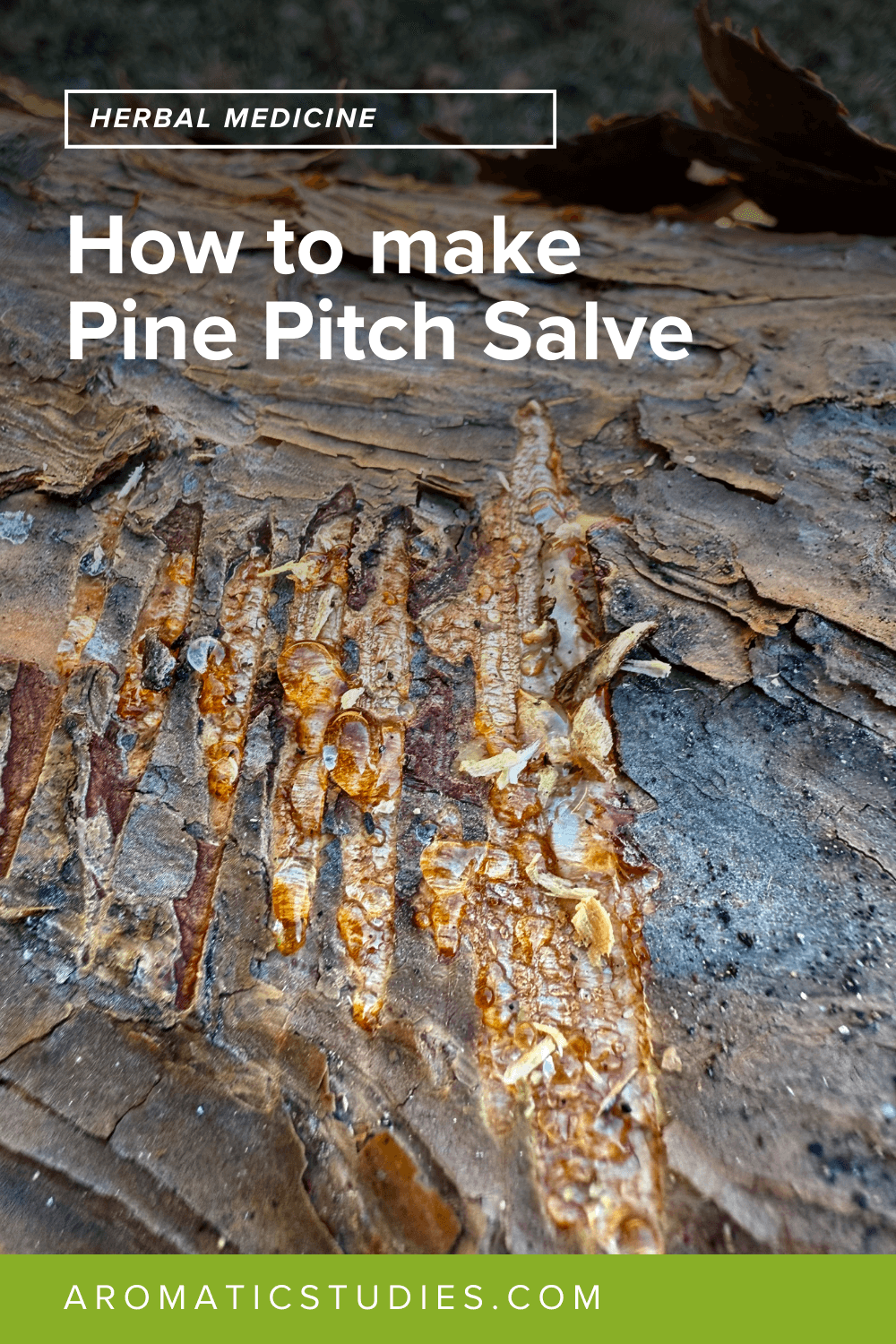Understanding Pine Resin
Pine resin, also referred to as pitch, is a remarkable natural substance produced by coniferous trees, most notably those in the Pinus genus. This viscous, amber-colored material serves as the tree’s primary defense mechanism against environmental threats. When a pine tree sustains damage—whether from storms, wildlife, disease, or insect activity—specialized cells direct resin through internal ducts toward the injury site.
At the wound, resin performs several vital protective functions:
-
- Seals the breach to prevent moisture loss
- Creates an antimicrobial barrier against bacterial and fungal pathogens
- Traps invasive insects
- Releases compounds that actively combat potential infections
This sophisticated biological response demonstrates the evolutionary adaptations that have allowed coniferous trees to thrive for millions of years across diverse environments.
Historical Uses Across Cultures
The therapeutic properties of pine resin have been recognized by human societies throughout history. Archaeological evidence suggests that pine resin has been utilized for medicinal purposes for thousands of years across multiple continents.
Native American healing traditions incorporated pine resin extensively. The Costanoan people chewed the gum-like substance to address rheumatism and inflammatory conditions, finding that it effectively reduced joint inflammation, improved mobility, and alleviated pain. Other indigenous groups applied the resin topically to wounds, burns, and persistent sores.
In traditional Chinese medicine, specific pine resins have been employed to treat abscesses and other inflammatory conditions. European folk healing traditions similarly incorporated pine products for respiratory ailments and wound care.


